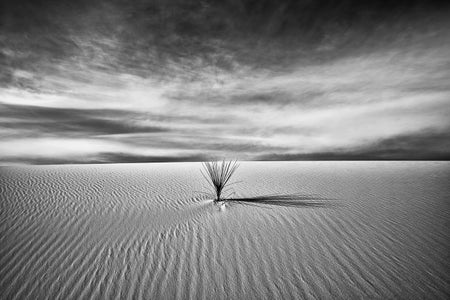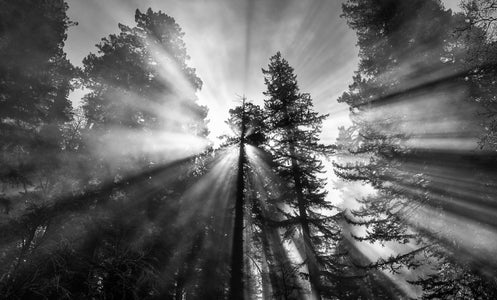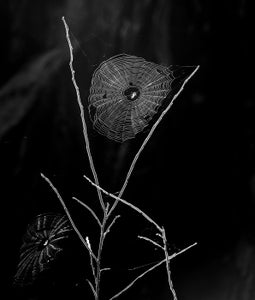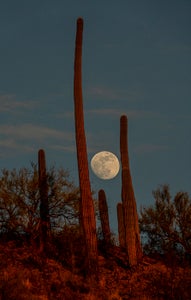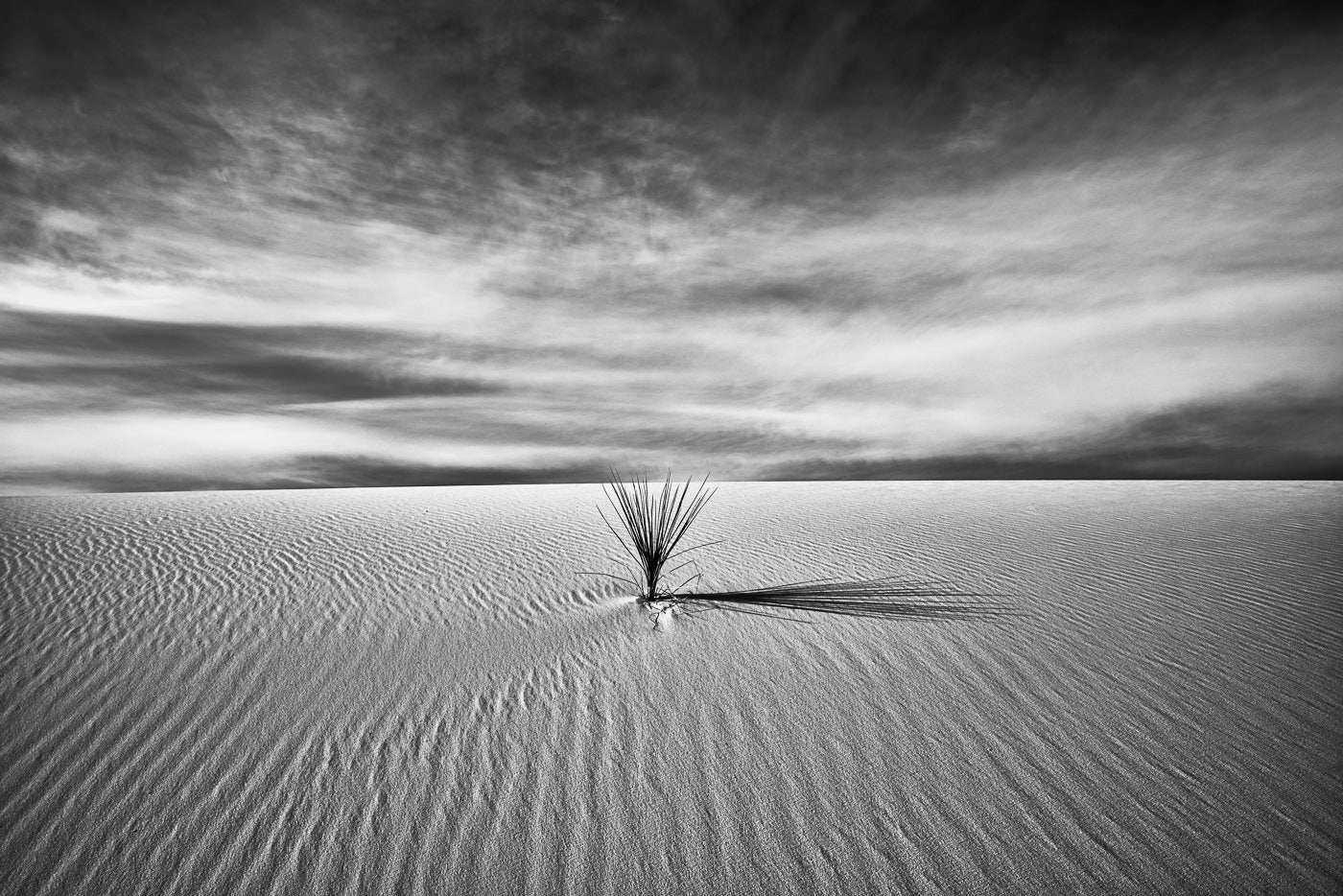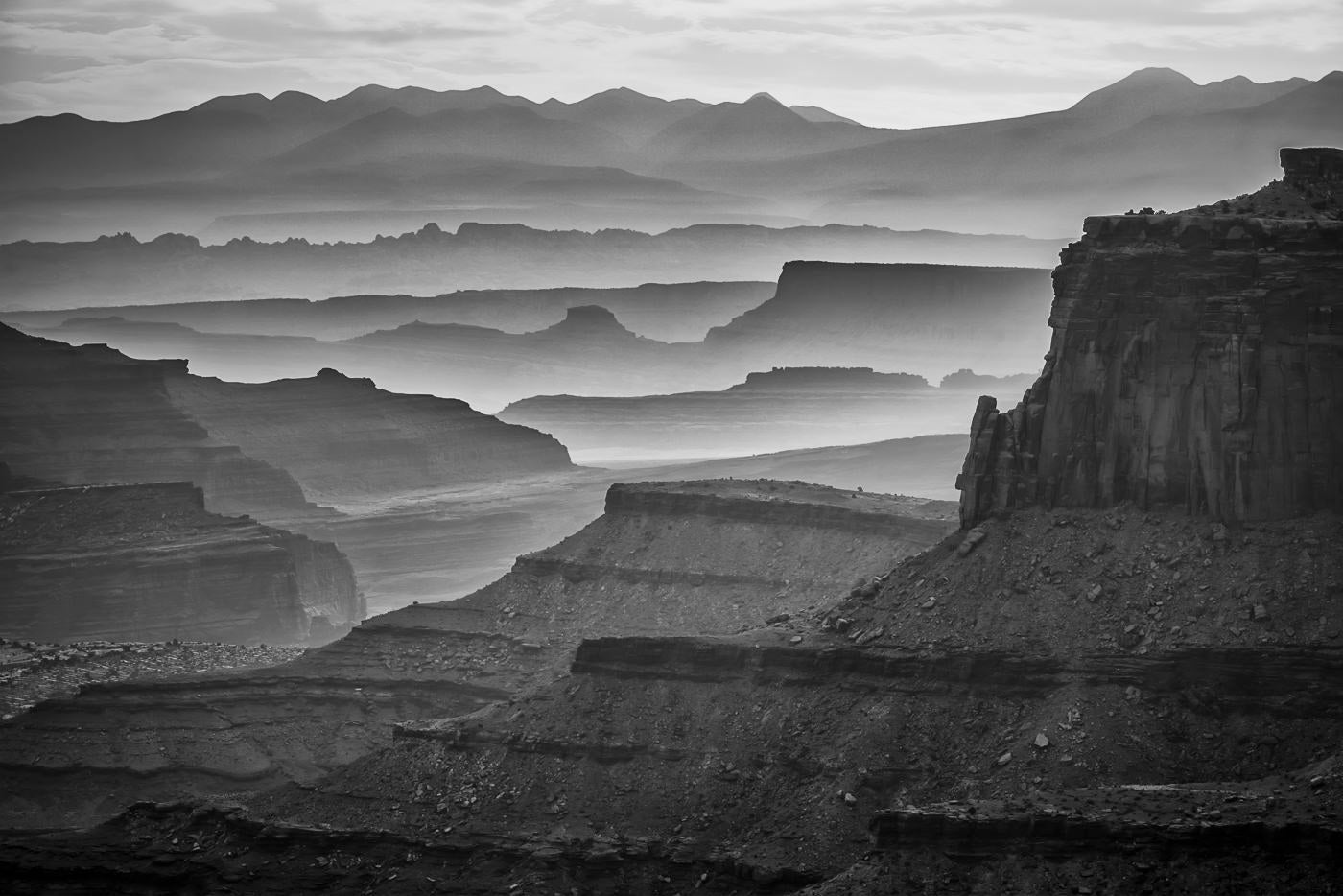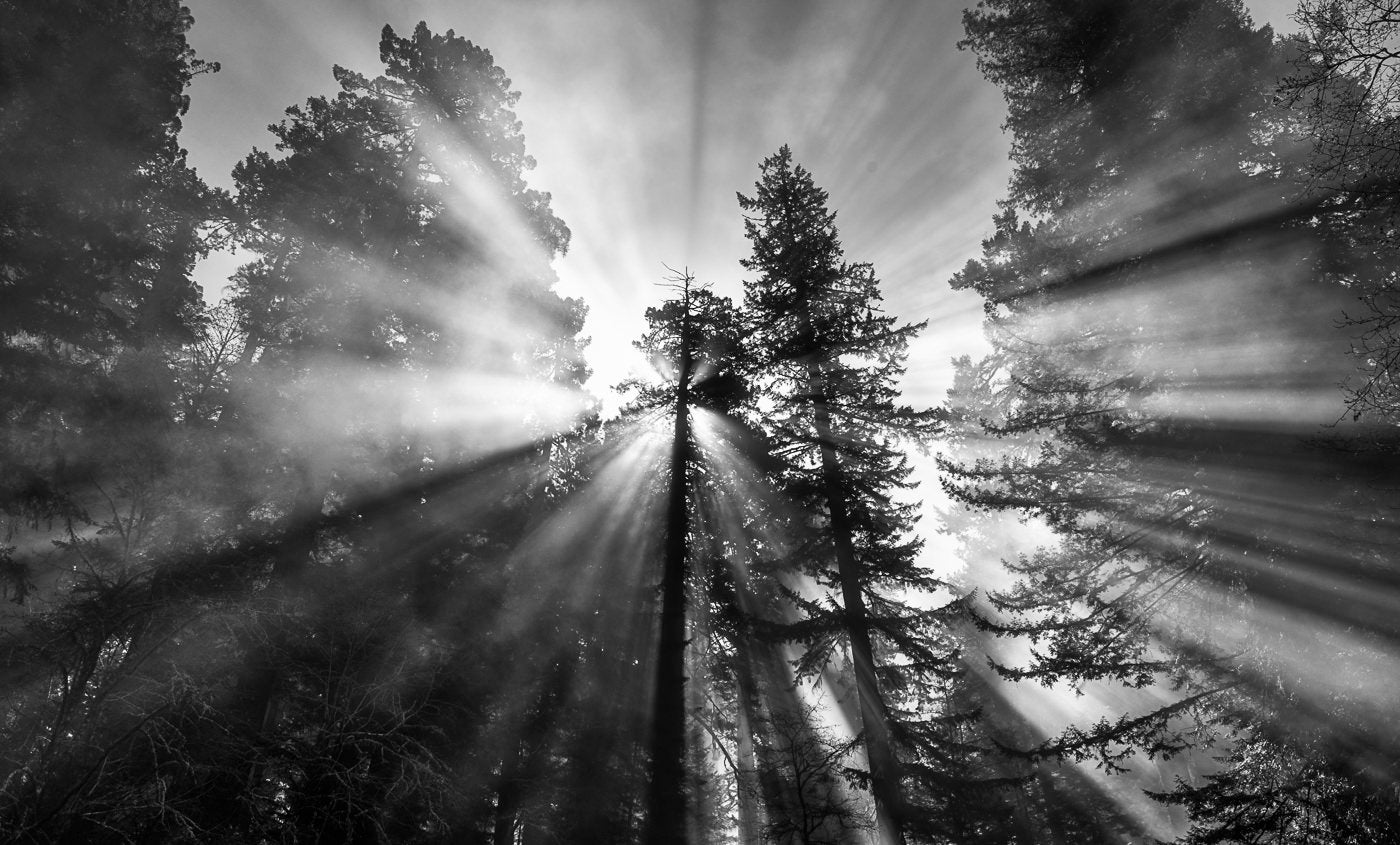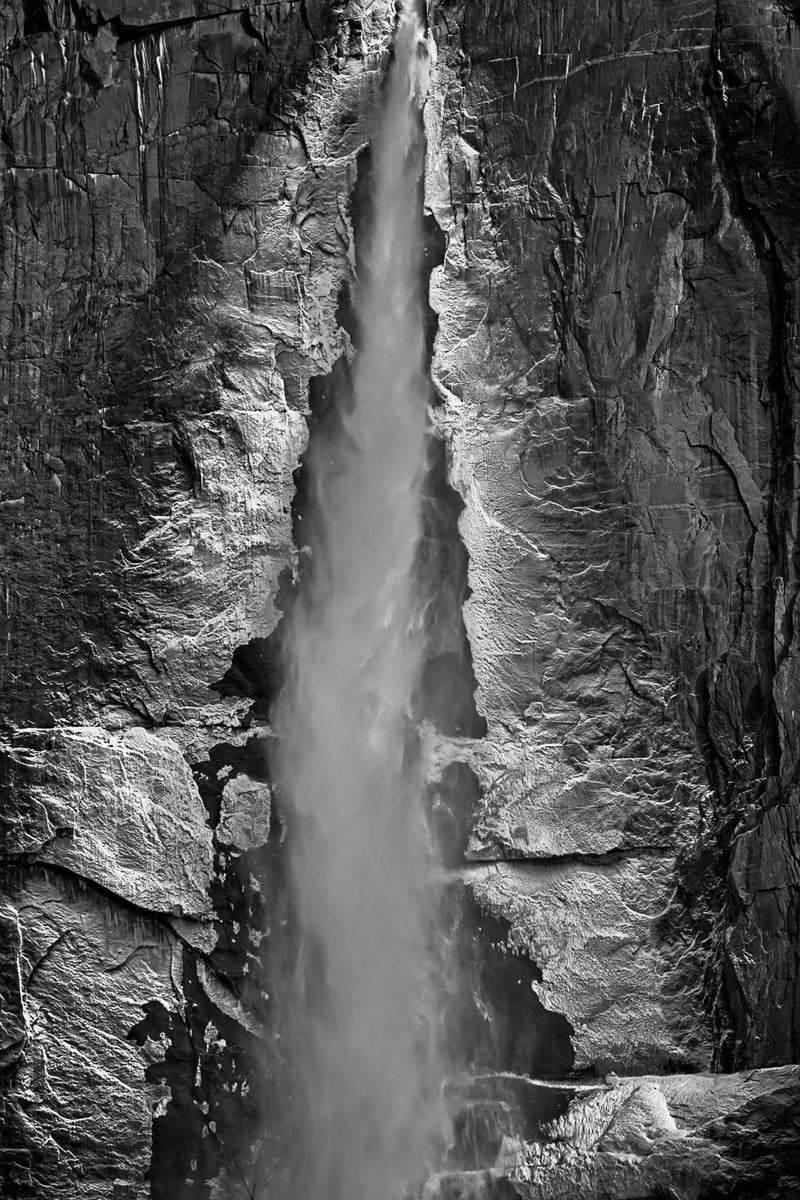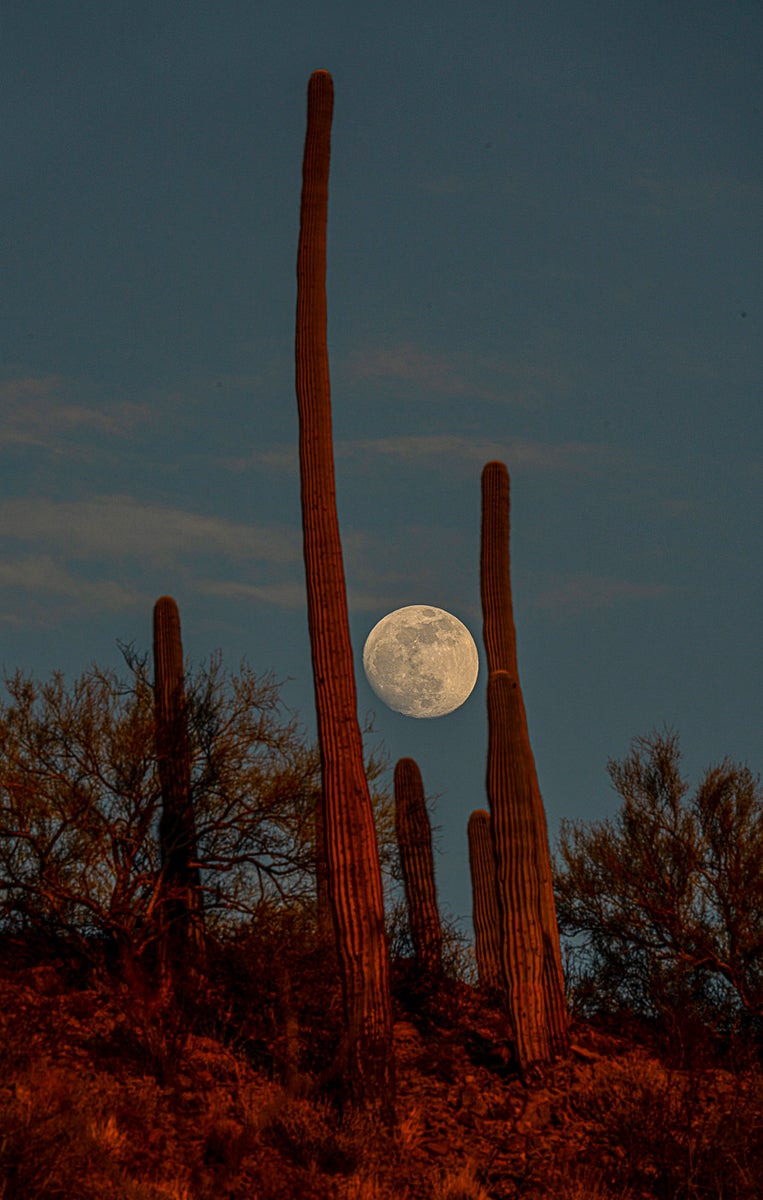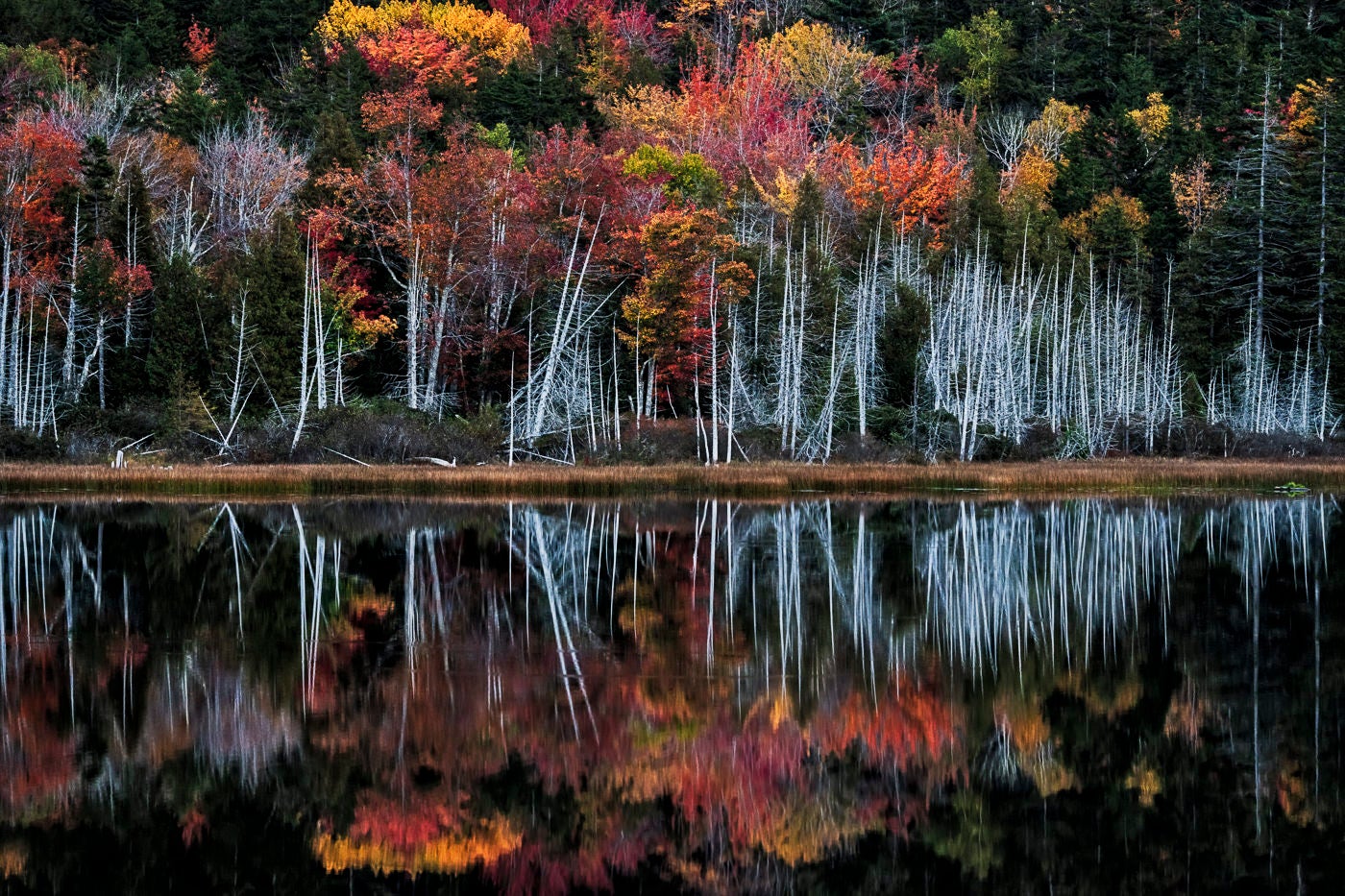If you follow professional photographer and Sony Artisan Andy Katz on Instagram, you’ve seen some of the images he’s posted over the past several years as part of his National Parks project. Katz has logged over 60,000 miles traveling to all our beautiful National Parks in pursuit of the most iconic images that highlight their pure power and beauty. Later this year he will release all of the images in a book. To further elevate the book, Katz is working with Kosh, a designer from his days shooting album covers. Kosh famously worked with The Beatles for Abbey Road, The Eagles for Hotel California and The Who for Who's Next to name just a few. We sat down with Katz to learn more about the project, why he started it and how he approached capturing such beautiful imagery in each Park.

Photo by Andy Katz. Sony Alpha 7R IV. Sony 100-400mm f/4.5-5.6 G Master. 1/200-sec., f/18, ISO 200
“The whole thing started with my hero Ansel Adams,” says the professional photographer and Sony Artisan who will release all of the images in a book later this year.
A Spontaneous Decision
When the pandemic first hit, Katz was in San Francisco and decided that at his age he was going to spend the time putting together a book that would be a retrospective of his travels over the 55 years he had been a photographer. For the first week he said it was kind of fun to put together, then he realized he just couldn’t do it anymore. “I needed to go out and take pictures.”
He spontaneously decided that he was going to do a book on the National Parks. “I’ve always wanted to,” he says, “and so I became hyper-focused on trying to find a campervan. I found one that I liked, bought it and two days later I was flying to Denver to pick it up and start my project. That was close to three years ago.”
Capturing Nature In Both Color + Black & White
You’ll notice that throughout Katz’s National Parks Project Collection, there are a mix of both color and black and white images. At first the entire book was set to be in black and white to model one of his heroes. “The whole thing started with my hero Ansel Adams,” he explains. “I’m a huge Ansel Adams fan, I even own one of his images. He's always been someone I look up to and he did mostly black and white. The book was going to be a black and white book at first, but then after shooting for close to a year, I realized that it's silly. Some of the images look better in color than in black and white, so to limit it to black and white didn't make sense to me. So the book will be both color and black and white.”

Photo by Andy Katz. Sony Alpha 1. Sony 24-105mm f/4 G. 1/160-sec., f/4.5, ISO 250
Using Lightweight Camera & Lens Combos
Katz used a variety of Sony Alpha cameras and Sony lenses when visiting the parks. From the Sony Alpha 7R III and Sony Alpha 7R IV to the Sony Alpha 7R V and Sony Alpha 1, combined with lenses like the Sony 100-400mm f/4.5-5.6 G Master, Sony 12-24mm f/4 G and Sony 24-105mm f/4 G, which he calls his go-to. “The 24-105mm is my go-to lens because it has a good enough spread that you are covering a wide angle to short telephoto. It’s also a very light lens. I’m a one-man show and don’t have assistance helping me while going through the Parks. When I’m out walking around I'll carry maybe one camera and that lens and I'll be fine for 80% of what I want to do.”
Katz’s Approach To Photographing The National Parks
All of the images he took were walkable in the National Parks. While visiting each, he didn’t necessarily go with a specific shot in mind. Obviously the weather was out of his control, but he would hope for the perfect light and things like fog to add to the imagery. “That's your purpose of working hard to go out and shoot a ton,” he explains, “for those few times where everything turns into the perfect scenario.”
One of the most important things Katz says to remember when out shooting in nature is to turn around. Many times people forget to do this which he calls a huge mistake because the light is a lot different in front of you than it is behind you. For example, while hiking through Redwood National Park, he captured this stunning image using his Sony Alpha 1 and Sony 24-105mm f/4 G. “I was hiking through the woods and I just turned around to see this fog appearing,” he explains. “Then all of a sudden the sun is breaking through and these rays appear. Had I not turned around I would have missed the entire thing.”
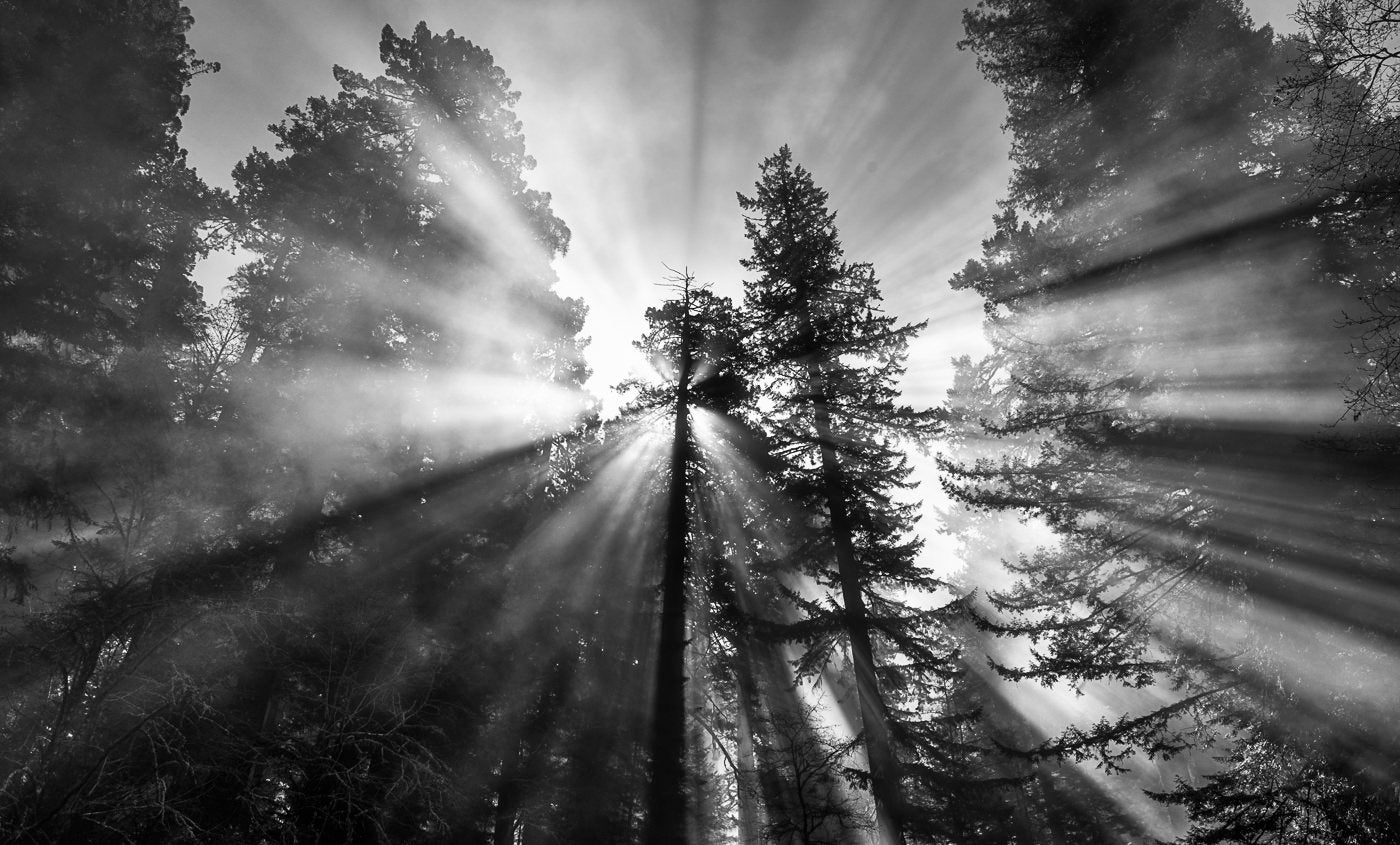
Redwood National Park. Photo by Andy Katz. Sony Alpha 1. Sony 24-105mm f/4 G. 1/160-sec., f/13, ISO 200
When he was photographing the scenes throughout the Parks, he shot everything on manual, something he says he’s been doing all his life since film. “There's really no magic to it. I just set the exposure where I'm not clipping the highlights and I've got plenty of room in the shadows. It's a pretty simple deal. The sensors in these Sony cameras are so good that it’s not as technical as it used to be with film where if you were stopping half off you would ruin it.”
Another important thing Katz says is to look for the complexity in the simplicity. While hiking in the sand dunes of New Mexico’s White Sands National Park, he saw this plant sticking out of the sand all by its lonesome. “Something about that image was very appealing to me just because it was complex in its simplicity.” He photographed the scene using his Sony Alpha 7R III and Sony 12-24mm f/4 G at 24mm because generally when he uses zoom lenses he likes to use one end or the other, rarely zooming in between.

White Sands National Park. Photo by Andy Katz. Sony Alpha 7R III. Sony 12-24mm f/4 G. 1/250-sec., f/14, ISO 64
Katz also keeps his pack light by not relying on a tripod like he used to. “I hate to say it, but I don't necessarily hate to say it. I'm using a tripod a lot less than I used to because the image stabilization system in these Sony Alpha cameras are so incredibly good,” he says. “If I have to shoot at 1/15-sec. or 1/30-sec., what I'll do is I'll shoot five or six images, exactly the same images, and bracket to my steadiness. Instead of bracketing for exposure, I'll bracket for my steadiness. So even at a 1/8-sec., especially with the Sony Alpha 7R V, it's unbelievable. I could shoot it at 1/8-sec. and shoot 10 images and be really confident that one of those images could be sharp as a tack.”
A Quick & Simple Edit To Keep The Images’ Natural Beauty
When Katz has his images, he doesn’t like to do much editing so they keep their natural beauty. “I don't even do Photoshop,” he explains. “I do Lightroom and that's about it. And if I’m converting to black and white then I do it through Nik software. There's nothing very fancy in what I do. I like to shoot when the light is right. I find that images that have been overly manipulated look like images that are overly manipulated. I think images that are shot with the light correctly, look far, far superior. So I spend 15 or 20 seconds on my images. I bring up the shadows a little bit, bring the highlights down, and that's about it.”
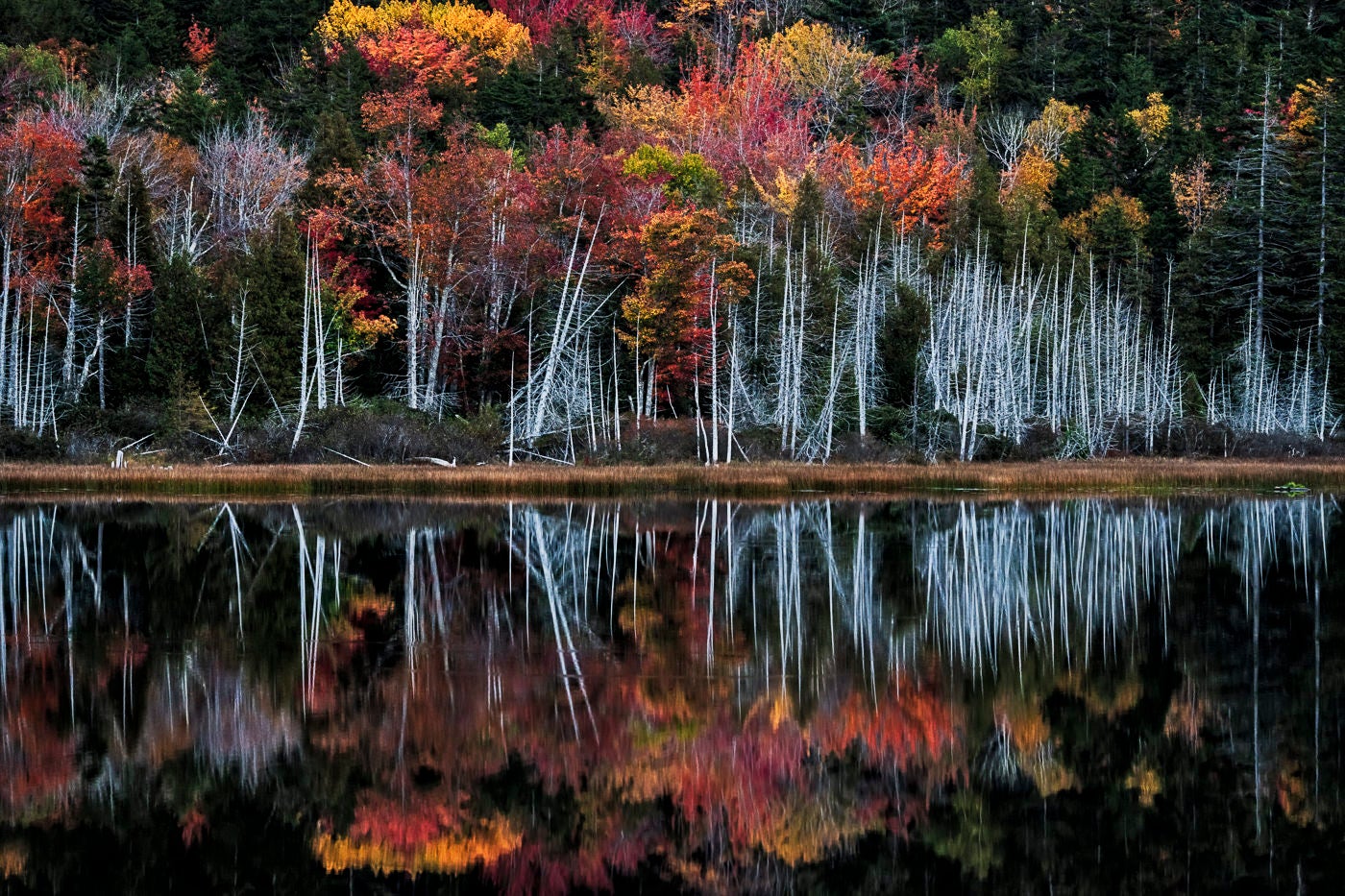
Photo by Andy Katz. Sony Alpha 1. Sony 100-400mm f/4.5-5.6 G Master. 1/25-sec., f/5.6, ISO 1000
Talking to someone who has visited every National Park in the United States, we had to ask him if he had a favorite. His response? “No. Everyone asks me that. They're all gorgeous. They're all spectacular. And it depends on what time of year. If it's a National Park, it's a pretty big deal. There are only 65 of them in the United States.”
Follow Andy Katz on Instagram @andykatzphotography to keep up with his work and check out his website for more images from his National Parks Project and more information on the upcoming book’s release.
